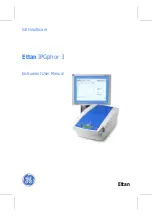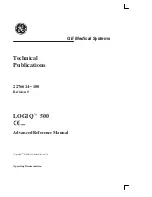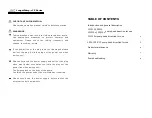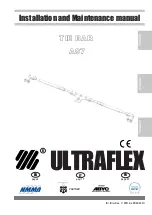
3
Tuning and Calibrating Automatically in the ESI/MS Mode
Cleaning the MS Detector after Tuning and Calibrating
Thermo Electron Corporation
LTQ XL Getting Started
67
the probe assembly. Use a lint-free tissue to gently remove the excess
solution as it exits the probe.
d. Remove the needle of the syringe from the Teflon tube.
12. Repeat step 11 with a solution of 50:50 methanol:water.
13. Repeat step 11 with acetone.
14. Clean the spray shield as follows:
a. Fill a spray bottle with solvent solution.
b. Temporarily place a large Kimwipe (or other lint-free tissue) beneath
of the spray shield. (The Kimwipe is required to absorb the solution
used to flush the ion transfer capillary and spray shield.)
c. Use the spray bottle to flush contaminants from the exterior surface
of the spray shield.
d. Remove the Kimwipe you used to absorb the solution. Swab the
surface of the spray shield with a dry Kimwipe.
e. Repeat
through
with acetone to remove the
(high molecular weight) Ultramark 1621.
15. Being careful not to touch the ion transfer capillary with your hand,
remove the septum from the entrance end of the ion transfer capillary.
16. Reinstall the Ion Max ion source housing as described in
The MS detector is now clean and ready for acquiring data on your analyte
of interest.
If you plan to run analytical samples in high-flow ESI mode (using flow
rates between 50 and 1000
μ
L/min), the procedures in
with Your Analyte in LC/ESI/MS Mode”
explain how to optimize the tune
for this situation.















































